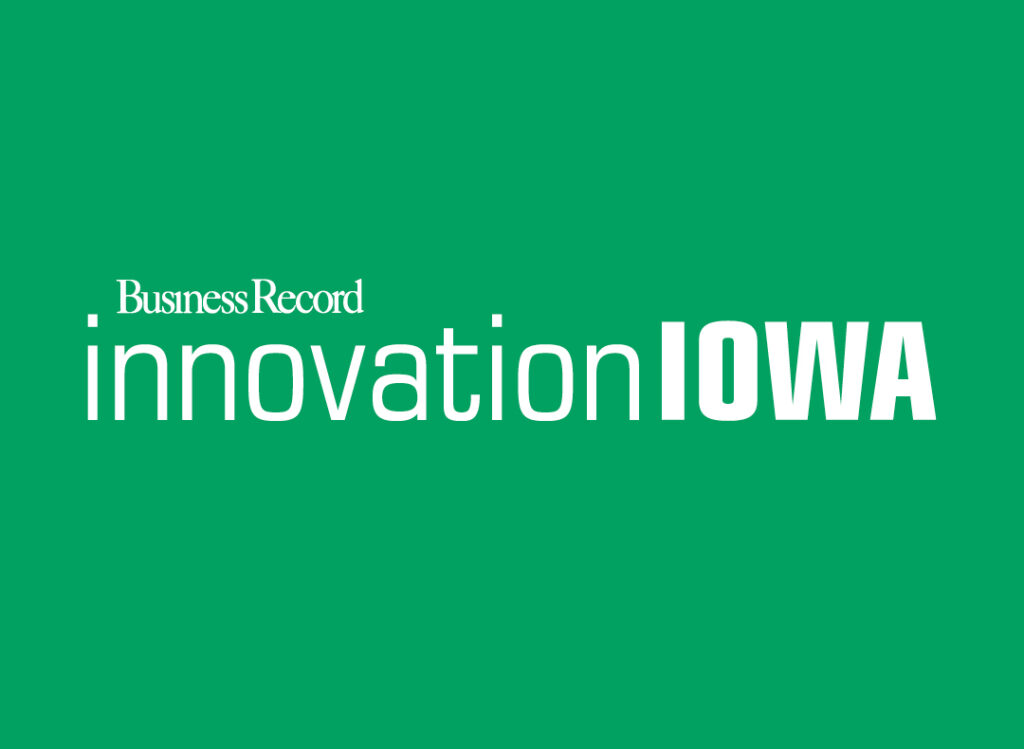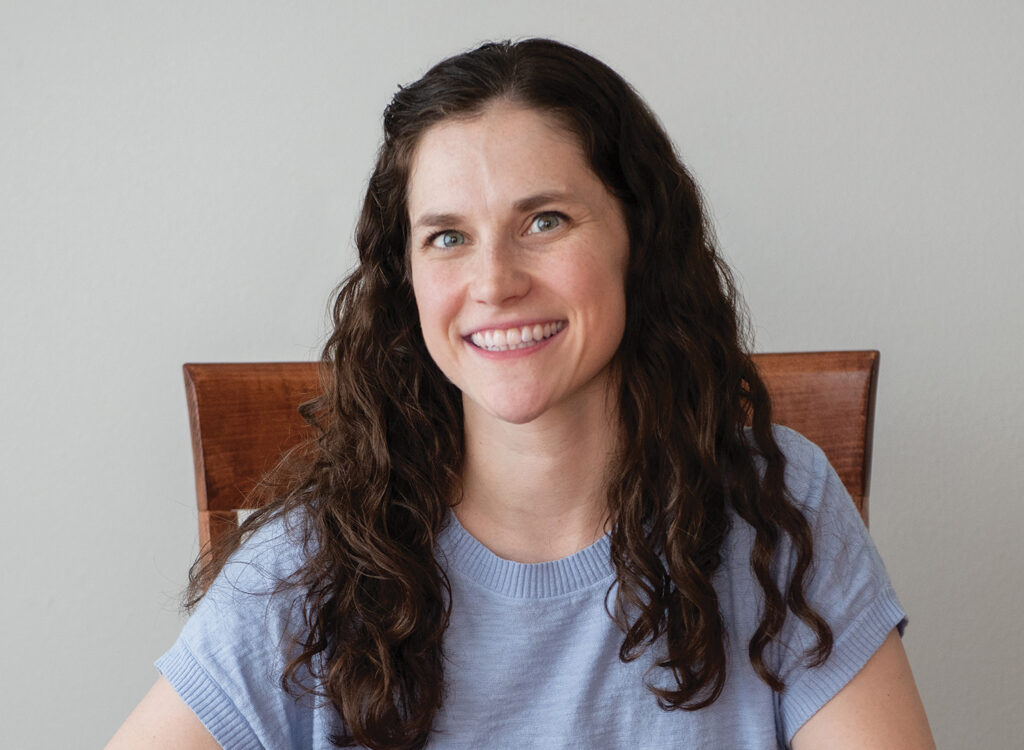Pandemic prompts reevaluation of employee benefits
Des Moines leaders weigh in on their response to trends on flexibility and wellness benefits

SARAH BOGAARDS Sep 7, 2022 | 4:03 pm
9 min read time
2,200 wordsBusiness Record Insider, HR and Leadership
Before the pandemic, the option of a flexible schedule would have been considered a perk by many employees. Benefits related to well-being such as longer periods of family or caregiving leave and revised PTO policies may have been nice to have, but not a requirement for accepting a job.
Both have moved up on employees’ lists of priorities over the last two years as the pandemic transformed the workplace and the labor market.
The Society for Human Resource Management 2022 Employee Benefits Survey showed at least 70% of respondents ranked flexible work, family care, leave and health-related benefits as very important or extremely important. Just under half of respondents ranked wellness benefits as important to them.
And employers are responding to these updated priorities, at least in part as a recruitment and retention tool. The 2022 U.S. Benefits Trends report showed the top choice to improve employee satisfaction for 37% of companies centered on offering more choices or customization of benefits.
By the numbers, the report makes clear that more employers have expanded alternative work policies and wellness-focused benefits. A majority of employers surveyed intend to make alternative work arrangements a permanent offering. More than half reviewed or changed leave policies, with some adding new types of leave, including marriage leave, enhanced bereavement leave, volunteer leave and surrogacy leave.
There hasn’t been a previous playbook on how to implement these types of benefits, so how they work in practice varies based on the type of business and what employees are asking for.
The Business Record reached out to leaders of four organizations — a corporate business, a small business, a nonprofit and a local labor union — to share their perspectives on how they and their employees are responding to the shift toward benefits that support flexibility and wellness.
They said some ways the trends are taking shape in their workplaces is in the form of Friday afternoons off, an extra 12 weeks of leave available after paid leave expires, and dedicated budget dollars for supporting employees’ professional development.
Jill Smith, a practice director for management consulting firm Robert Half serving Des Moines and Iowa, said even organizations that can’t offer remote or hybrid can find, and are finding, other ways to meet the need for flexibility, perhaps by having options of when employees work or making changes to PTO and holidays.
The leaders share thoughts about recent changes at their organizations and their decision-making processes below.
Responses have been lightly edited for clarity and length.
Anne Cooper is senior vice president and chief human resources officer at Sammons Financial Group. The financial services company provides benefits for 1,750 employees.
Brandon Dahms is co-founder and partner of Innovative Manufacturing and Engineering Inc. He runs the Des Moines-based computer numerical control machining business with two partners, Matthew Sawhill and Todd Freeland. The company employs and provides benefits for seven people.
Deanna Ingebretsen is the human resources director of United Way of Central Iowa. The nonprofit provides benefits to 72 employees.
Patrick Wells is the business administrator for International Brotherhood of Electrical Workers Local 347. He said the union has just over 2,000 members, and including dependents, 5,000 people are covered by its health plan. Its retirement and 401(k) offerings have about 2,700 participants.
What changes to benefits has your organization made in the last two years?
Cooper: Sammons Financial Group has revised its paid time off accrual and PTO carryover program to make it more generous; added recognized holidays to the holiday schedule, elevating the number of holidays to 10 per year; enhanced the short-term disability and maternity leave program; enhanced flexible work to align with remote-work expectations; increased pharmacy benefits; and established a wellness portal to encourage healthy programs and employee reimbursement as they mark certain milestones.
Dahms: IME values being extremely flexible with our employees, such as we work with each employee to find the best balance between the employee’s personal schedule and our production schedule for what hours and days they work. We have given our employees the option to work Monday through Thursday or Tuesday through Friday and have three-day weekends every week unless they would like overtime. We have also made every holiday a paid four-day weekend to enjoy time with families.
Ingebretsen: We have implemented a hybrid remote work schedule that allows staff to work two days from home per week and three days in the office. We also expanded our parental leave policy to give parents the option of working from home for an additional 12 weeks after their paid leave ends.
Wells: IBEW Local 347 amended its health care plan several times since January 2020 to cover COVID-19-related health care and make changes to vision coverage and coverage related to emergency medical needs.
What have conversations around flexibility looked like for your organization? What kind of flexibility do your employees want?
Cooper: Remote work is highly valued and we have 25 to 30% of our workforce working remotely. The No. 1 benefit we offer under flexibility, as ranked through employee pulse surveys, is the half-day schedule we work on Fridays. This allows employees time to schedule appointments, pick up their kids, run errands and other important tasks on a weekly basis. Other conversations and benefits that have progressed in recent years are around flexible scheduling and flexible work location, and we allow each business unit to apply flexibility according to their business needs.
Dahms: Since we are a manufacturing company, working away from our plant isn’t realistic, but we have been very flexible with what days they work and what time they come in and leave. We try to keep a relaxed family culture and work around their busy schedules.
Ingebretsen: In order to be responsive to our donors, volunteers and community partners, we ask staff to work a majority of their hours during 8 a.m. to 5 p.m. but we provide flexibility when needed. There are times when a team member may need an adjustment to the days they work from home or a change to their start time or end time on a short-term or long-term basis. This is important for the team members and the organization’s value of providing work-life balance.
Wells: Advantages to working under a union contract are that a member has a voice in determining these types of benefits. Members determine who their representation is, what a contract proposal may contain and whether or not to accept an offer from an employer. We have various types of flexibility that address these specific issues within the several collective bargaining agreements that we negotiate. We have had great success over our history in securing benefits that provide for flexibility such as PTO, flex time, carry over, vacation and shift preference. These benefits vary from one unit to the next as each has a unique scope of the work and varying circumstances that our membership navigates to determine the best possible outcome for everyone within the unit.
Studies are showing one area of focus has been changing benefits around health care to help with affordability and employees’ overall well-being. Are these priorities of your employees? If so, what are changes the organization has made or considered?
Cooper: Yes. Competitive health care is a cornerstone to the well-being of employees and their families. We have promoted the strategy for consumerism and sustainability in our health care plans among employees through encouraging preventive measures, incentivizing wellness and prioritizing educated utilization in order to maintain affordable premiums and competitive coverage. We are considering changes to medical plan deductibles and first-dollar coverage options, musculoskeletal coverage, employee assistance programs for mental health benefits.
Dahms: This is a huge focus for our company. We unfortunately find it hard to compete with the large companies with hundreds of employees that get lower-cost health premiums, and that has been a large hurdle to navigate. We offer partial health coverage today, but would like to find ways to cover more. Unfortunately for a company of our size, that currently isn’t feasible but we are hoping to get there in the near future.
Ingebretsen: These are necessary benefits for individuals, and costs can’t be controlled but wellness initiatives can help. We have added a wellness preferred cost structure for our employees who are able to substantiate they received an annual physical in the last year. This practice enhances their knowledge of and ability to manage their wellness.
Wells: The ever-increasing cost of health care continues to burden families. Unfortunately, higher deductibles, higher out-of-pocket maximums and reduced benefits are tools some employers are using to make it appear as though they are offering affordable coverage to their workforce. If this is the method they choose, well-being is very selective. Those that require coverage for medical necessity are carrying that burden.
When deciding or considering how to change benefits, how did you determine what made the most sense for both employees and the business?
Cooper: We survey our employees regularly to assess job-seeker attraction and encourage employee retention. Specifically, two components drive change to our benefit programs: impact to employee experience and return on investment. We gather information to support change through surveys to employees, market analysis and cost-versus-value consideration. The goal of our benefits program is to attract and retain valued employees, so we want to ensure any changes we make will either increase the value of our program or enable us to shift costs in a way that raises the competitiveness of our overall plan.
Dahms: We have companywide meetings quite often and ask for ideas, feedback and growth plans from our employees on what we can do to make sure they stay with our company for their career. We want IME to be a career, not a career steppingstone, and we feel culture is a huge aspect of that so we ask for their feedback on how we can better their employee experience and put a value on certain benefits for both the company and employee.
Ingebretsen: Our work is about the care of individuals and the community. Our work starts by applying this mission to self and showing all the care we can in supporting our employees while also recognizing we are stewards of donor dollars and resources intended for the community.
Wells: Our Taft Hartley Trust Fund is governed by a board of trustees composed of both labor and management. Every aspect of our industry is represented at the table and we are aligned with respect to the benefit of the plan participants.
What are current barriers to making changes to employee benefits for your organization or industry?
Cooper: Cost of program changes is always a consideration, as is interruption to the employee experience. We don’t make changes to a plan just to make changes; we want to make sure any change will make a positive impact on our employees.
Dahms: One area that is difficult is you can’t take away a benefit to add another without upsetting someone, so when looking at ways to expand our benefits, we have to look at the cost of adding it [while] understanding all the others will still be present and those costs are realized. But we have seen that the cost of adding new benefits (such as extended holiday weekends) brings out better production as they are feeling well appreciated and want to do well by the company.
Ingebretsen: Like so many other organizations, we are navigating a post-COVID world and there is still a lot of uncertainty right now. We need to be adaptable and responsive, but we want to be sure any changes we make are thoughtful and appropriate.
Wells: The real barrier to benefits is cost. Trying to reduce or maintain costs is a primary concern when determining advancements in plan design.
Has the role of employee benefits in attracting and retaining talent changed in the last two years? How?
Cooper: Not really. Attracting and retaining talent is always an area of focus. While the strategy to continually assess the marketplace and ask for employee feedback through pulse surveys has not changed, we have definitely seen a shift in market and employee priorities.
Dahms: A great deal! Not only has the hourly pay increased substantially (in some cases double) but we are competing with large corporations such as John Deere, which has amazing family-size benefits packages. From life insurance, pensions, family plans and much more, it is very difficult to compete against a company of that size when they are able to offer so much more across the board. We have really had to sell and focus on our small family atmosphere as there is value to that.
Ingebretsen: Yes. The benefit of a hybrid schedule has been a big factor in attracting and retaining talent. We also have the benefit of our organization’s focus on diversity, equity and inclusion in our work culture and practices, and that has helped attract a lot of diverse talent. Professional development continues to be an important benefit to attract and retain talent, especially during a challenging labor market.
Wells: Not sure the role has changed, but there is a much greater awareness for it now.










